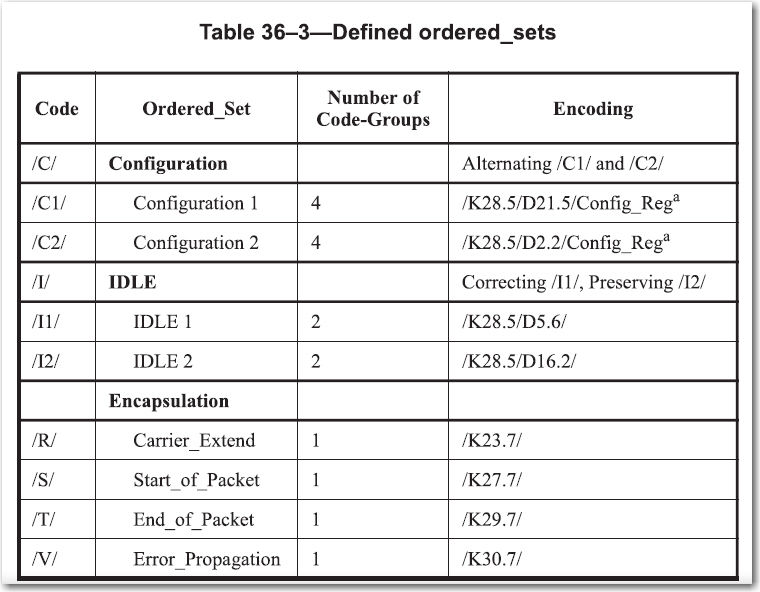Identifying & Resolving Connectivity Issues in Optical Ethernet with Aukua Systems!
- The Oldcommguy
- Jan 12, 2023
- 2 min read
Identifying & Resolving Connectivity Issues in Optical Ethernet with Aukua Systems!
Gaining visibility into the PCS layer is key to resolving 1000BASE-X connectivity issues!
PROBLEM - HOW TO IDENTIFY THE PROBLEM?
Gigabit Ethernet over optical fiber, also generally called 1000BASE-X, has been around for quite some time with the IEEE specification ratified under 802.3z.
The 1000BASE-X standard also includes an Auto- Negotiation operation as defined in IEEE 802.3 Clause 37. Clause 37 describes the 1000BASE-X Auto-Negotiation function that allows a device to advertise the modes and speeds of operation that it supports to a device at the remote end of a link segment (the link partner) and to detect corresponding operational modes that the link partner advertises.
A similar Auto-Negotiation function has been defined for Ethernet over copper media (BASE-T rates) where it is mostly well understood and has been widely deployed with much success. However, the same cannot be said when it comes to the 1000BASE-X optical rates as the interpretation of the standard is widely varied. This varied interpretation can potentially cause connectivity issues on devices supporting 1000BASE-X and often results in devices not linking up with each other.
Standard protocol analyzers or packet capture devices (for example, high-end Servers or Laptops running Wireshark) only provide visibility from Layer 2 and up, and therefore cannot help with these connectivity issues.
To solve low-level connectivity issues, visibility into the PCS layer (8b/10b encoding for Gigabit and 64b/66b for Multi-Gigabit) is needed. Fortunately, the Aukua MGA2510 Inline Analyzer in conjunction with Optical TAPs provides complete visibility including the Physical Coding Sublayer (PCS).

HOW IT WORKS
1. Taking in optical signals from both devices under test (DUT), Optical TAPs reliably
provide complete link visibility including the lower layers from both devices on either side.
2. The optical signals from both DUT’s is delivered passively to the Aukua MGA2510 Layer 1 PCS Capture for analysis.
3, Using the Aukua Layer 1 PCS Capture features, low-level data (for example, the Auto-Negotiation Pages that are exchanged) can be captured and then the symbols or control blocks can be analyzed for configuration and interoperability issues on the DUTs.

**Two data code groups representing the Config_Reg values

To the left is a sample output of the Aukua MGA2510 Inline
Analyzer with Layer 1 PCS Capture enabled showing the IEEE Clause 37 Auto Negotiation
Base Page capture.
The encoding of the ordered sets can be viewed easily via the Layer 1 PCS capture viewer built into the Aukua’s web browser-based user interface.
INTEGRATION BENEFITS
Standard protocol analyzer or packet capture devices, (for example, a PC with a NIC running Wireshark), simply do not provide the visibility needed to trouble-shoot low level issues like devices not being able to link up, etc. Leveraging high quality TAPs, all data including low-level information from the devices under test is supplied to the Aukua MGA2510 Inline Analyzer. The 100% visibility enables the Aukua solution to provide complete analysis at all levels which is ideal for troubleshooting and debugging complex issues.
About Aukua Systems
Aukua Systems builds precision Ethernet test and monitoring solutions which are
powerful, affordable, and easy to use.
Aukua was founded to deliver on the promise to provide easy to use test and
monitoring solutions, without sacrificing performance, accuracy, and reliability.
Aukua is based in Austin, Texas. For more information, visit WWW.Aukua.com

